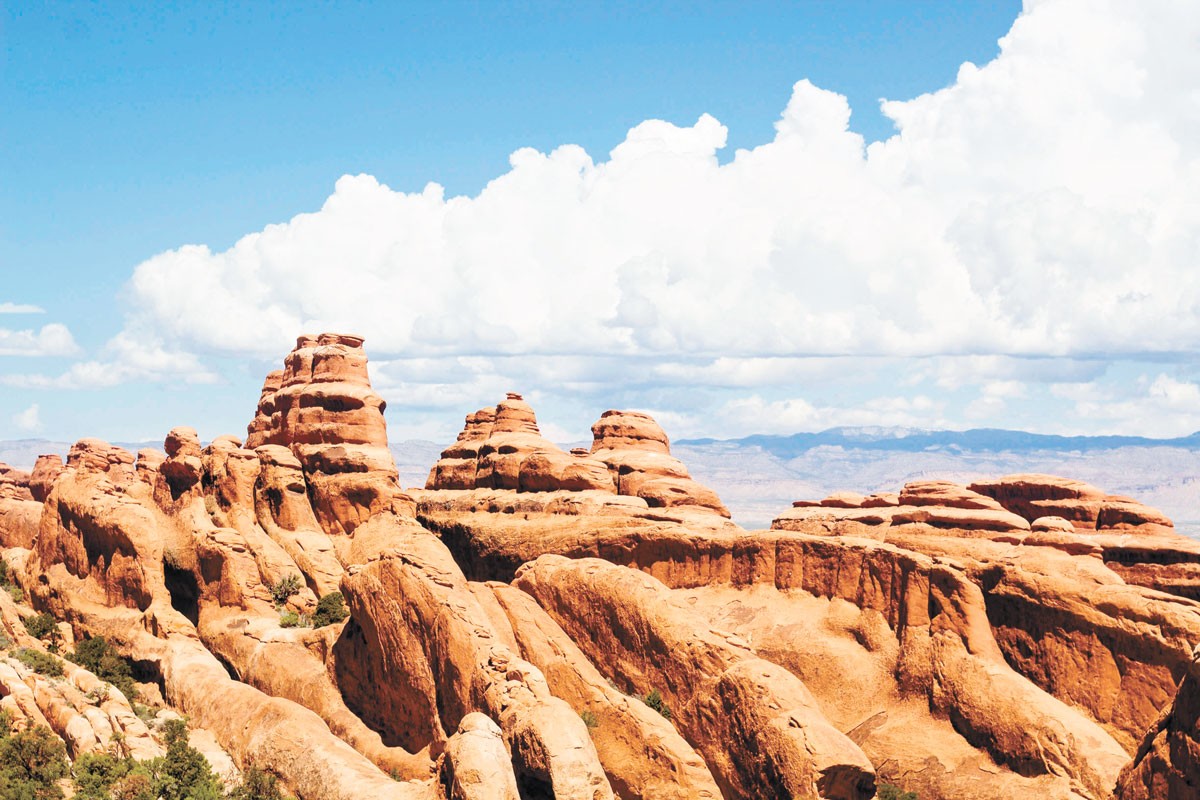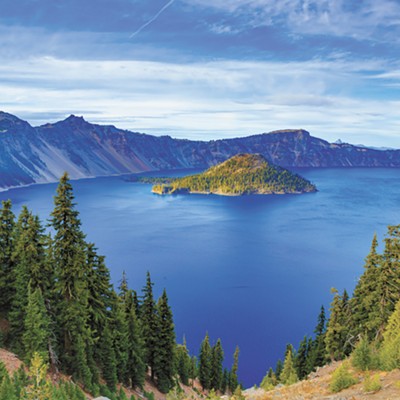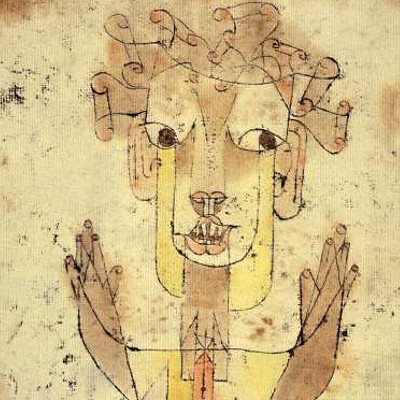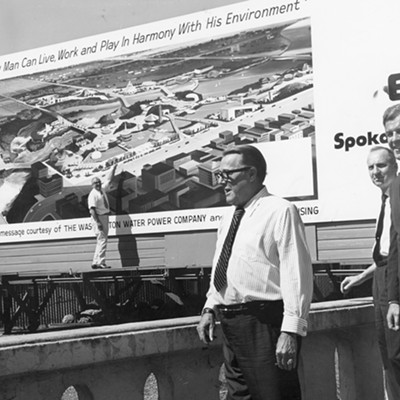How do you celebrate the qualities of someone like Theodore Roosevelt, while simultaneously acknowledging the messy parts of his love for the West? Embrace the conflict, but also celebrate the victories, in context. That's what author David Gessner tries to balance throughout his new book Leave It As It Is: A Journey Through Theodore Roosevelt's American Wilderness. The title comes from a famous speech Roosevelt gave upon seeing the Grand Canyon for the first time in 1903.
"Leave it as it is," Roosevelt said. "The ages have been at work on it and man can only mar it."
Gessner takes the reader throughout the American West, recreating some of Roosevelt's travels. He focuses on the Southwest and the struggle to preserve Bears Ears. Former President Barack Obama preserved 1.4 million acres as Bears Ears National Monument in December 2016. A year later, President Donald Trump shrunk the monument to about 202,000 acres, potentially leaving the rest open to mining and natural gas drilling.
As Gessner ties the president most famously known for his work preserving public lands to the ongoing fight for public lands, here are a few things he grapples with:
NATIONAL PARKS WEREN'T PRISTINE
The idea of "leaving it as it is" assumed that many lands were pristine or untouched by people, which Gessner notes erases thousands of years of Native American use of the land. Yellowstone, for example, had been used as hunting grounds for tribes. It's important to examine what some now view as "biological islands, tourist traps where Native people were expelled and where a false Edenic ideal of nature is promoted."
THE BIGGER PICTURE
The island thinking is shifting, at least for wildlife. The Yellowstone to the Yukon corridor or Y2Y initiative is one inspiring example, with thousands of miles of wilderness preserved across the continent, respecting that animals don't recognize political boundaries.
ROOSEVELT WAS RACIST, BUT ALSO HELPED
Gessner acknowledges that Roosevelt can't be lauded as a progressive visionary regarding his conservation efforts and simultaneously excused as "of his time" when it comes to his racism toward Native Americans.
But his use of the Antiquities Act set the stage for the coalition of tribes that pushed for the formation of Bears Ears National Monument. In some ways, his liberal application of that law, intended to protect the type of archaeological sites found throughout Bears Ears, might help make the legal case for preserving the land from further exploitation. To leave it as it is. ♦


























